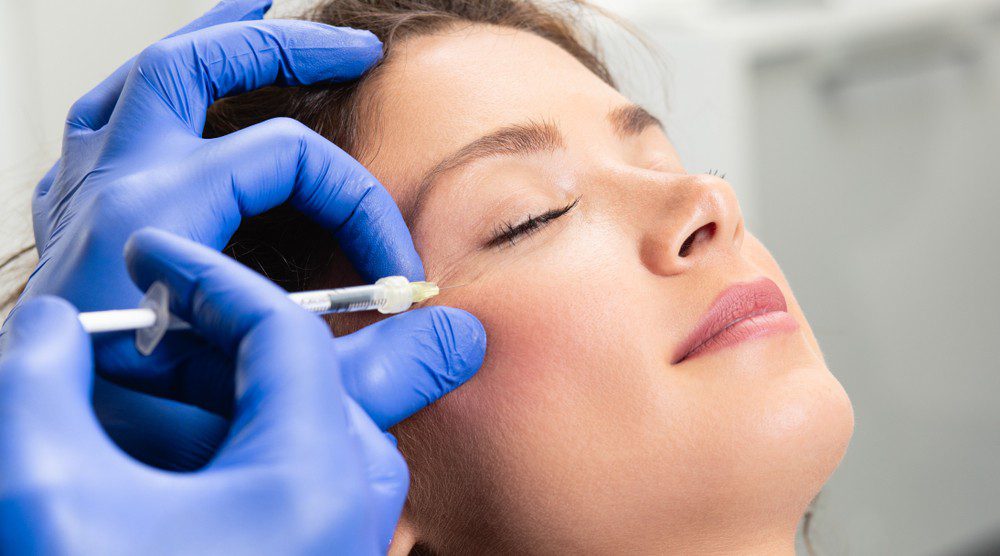How to reduce underarm sweating

Excessive underarm sweating or hyperhidrosis is uncomfortable for many people and can lead to serious social distancing.
Several natural, over-the-counter, and medical remedies can reduce or eliminate excess underarm sweating including topical antiperspirant deodorants, avoiding certain foods that may induce sweat e.g. garlic, onion, spicy food, processed food and caffeine etc., Botox injections, microneedling RF (Morpheus 8), and surgical options like thoracic sympathectomy.
What Is Underarm Sweat?
Underarm oversweating is an annoying, embarrassing, and isolating problem where sweat glands start producing more sweat than what your body needs to regulate body temperature. Sweat moves from your glands through tubes called ducts until it reaches the surface of your skin. Once sweat leaves the ducts, liquid changes into evaporation to cool down your body.
What are the causes of excessive underarm sweating?
There are many factors that can cause excessive underarm sweating. Family history, emotional stress, certain foods like spicy food, fatty foods, etc., certain medications like omeprazole, naproxen, sertraline, etc., medical conditions like anxiety, hyperthyroidism, diabetes, heart disease, cancer, obesity, tuberculosis, and Parkinson’s disease. There are three types of hyperhidrosis-
1: Primary Focal: Only certain areas of the body sweat more than others. For example, on the palms or armpits only. This type happens while the person is awake.
2- Generalized Idiopathic: Large areas of the body sweat. Usually starting before 18 years of age.
3-Secondary Generalized: Large areas of the body sweat. This can occur at night. Caused by certain medications or underlying conditions like diabetes, thyroid, tuberculosis or cancer like lymphoma.
Tips to stop & cure excessive underarm sweating
- Apply antiperspirants before going to bed, wear breathable clothing, avoid foods like spicy and processed, and stay hydrated and cool.
- Deodorants are the most common treatment for reducing underarm sweating. The main ingredient (aluminum chloride hexahydrate) works to lessen sweating.
- Antiperspirants are usually the first line of treatment for most people with hyperhidrosis.
- Botox injections are one of the easiest and quickest ways to stop excessive underarm sweating. Botox treatment is FDA-approved for reducing excessive underarm sweating. According to the International Hyperhidrosis Society, underarm Botox injections can reduce underarm sweating by 82–87%. The effects can typically last 4–8 months. People who receive underarm Botox injections tend to see results 2–4 days after treatment.
- Miradry is another FDA-approved device to treat hyperhidrosis. It is a third-generation microwave-based machine that selectively heats the interface between the skin and underlying fat where the sweat glands reside. leading to localized thermolysis of the sweat glands, patients can now benefit from permanent targeted sweat reduction. The microwave treatment has been shown to be safe and effective in >6000 procedures to date.
- Endoscopic thoracic sympathectomy (ETS) is a surgical option that disconnects the nerve signaling to sweat glands. This procedure is performed by a neurosurgeon.
How to stop underarm sweating permanently?
ETS (Thoracic sympathectomy is the only permanent solution however like other surgical treatments it might impose some risks. Miradry and Botox are semipermanent and safe options.
What are the benefits of underarm sweat treatment?
Increased confidence, Non-invasive and quick treatment, no downtime, Immediate results, significantly reduced sweating, long-lasting results, no clothes ruined by armpit sweat.
Reduction in underarm odor.
Conclusion
Hyperhidrosis can be the cause of discomfort and embarrassment. People with hyperhidrosis may have higher rates of anxiety and depression, which you can manage through therapy and antidepressant drugs. While there's no permanent cure for underarm sweating except surgery; many treatments are available to alleviate or stop excessive underarm sweating. Talk to your dermatologist to figure out why it’s happening. The Doctor may request some blood tests to rule out any underlying health issues leading to over-sweating. Proper treatment options will be offered accordingly.
Most Popular:
-

Sciton HALO vs Sciton BBL
Read More »September 20, 2022 -

What is profhilo, and how is it different from fillers?
Read More »September 20, 2022 -

Body contour solutions from SKIN111
Read More »September 20, 2022 -

Does IV GLUTATHIONE therapy work
Read More »September 20, 2022 -

How can an IV drip help you boost your energy
Read More »September 20, 2022